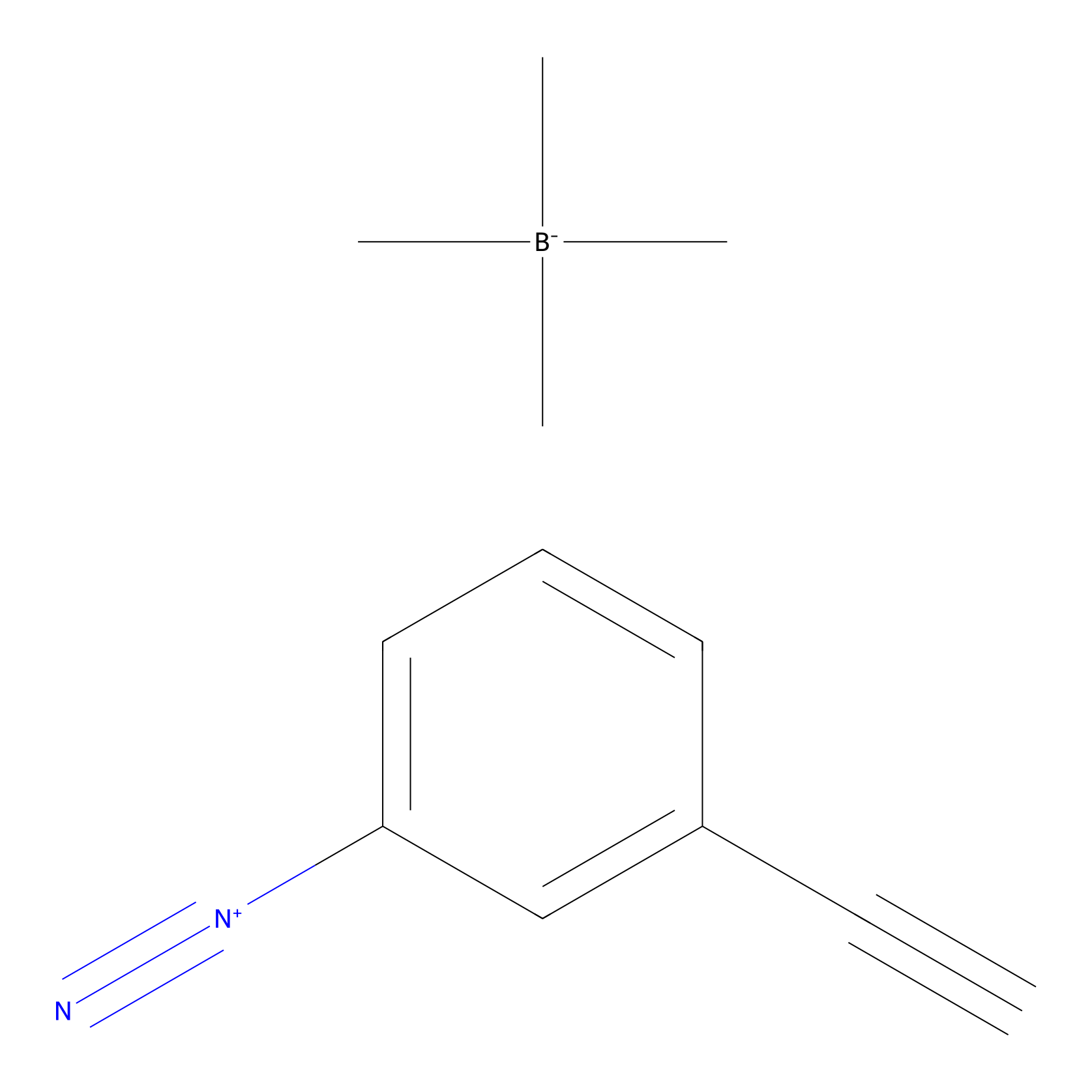Details of the Target
General Information of Target
| Target ID | LDTP06160 | |||||
|---|---|---|---|---|---|---|
| Target Name | Indian hedgehog protein (IHH) | |||||
| Gene Name | IHH | |||||
| Gene ID | 3549 | |||||
| Synonyms |
Indian hedgehog protein; IHH; EC 3.1.-.-; HHG-2) [Cleaved into: Indian hedgehog protein N-product] |
|||||
| 3D Structure | ||||||
| Sequence |
MSPARLRPRLHFCLVLLLLLVVPAAWGCGPGRVVGSRRRPPRKLVPLAYKQFSPNVPEKT
LGASGRYEGKIARSSERFKELTPNYNPDIIFKDEENTGADRLMTQRCKDRLNSLAISVMN QWPGVKLRVTEGWDEDGHHSEESLHYEGRAVDITTSDRDRNKYGLLARLAVEAGFDWVYY ESKAHVHCSVKSEHSAAAKTGGCFPAGAQVRLESGARVALSAVRPGDRVLAMGEDGSPTF SDVLIFLDREPHRLRAFQVIETQDPPRRLALTPAHLLFTADNHTEPAARFRATFASHVQP GQYVLVAGVPGLQPARVAAVSTHVALGAYAPLTKHGTLVVEDVVASCFAAVADHHLAQLA FWPLRLFHSLAWGSWTPGEGVHWYPQLLYRLGRLLLEEGSFHPLGMSGAGS |
|||||
| Target Bioclass |
Enzyme
|
|||||
| Family |
Hedgehog family
|
|||||
| Subcellular location |
Endoplasmic reticulum membrane; Cell membrane
|
|||||
| Function |
[Indian hedgehog protein]: The C-terminal part of the indian hedgehog protein precursor displays an autoproteolysis and a cholesterol transferase activity. Both activities result in the cleavage of the full-length protein into two parts followed by the covalent attachment of a cholesterol moiety to the C-terminal of the newly generated N-product. Both activities occur in the reticulum endoplasmic. Plays a role in hedgehog paracrine signaling. Associated with the very-low-density lipoprotein (VLDL) particles to function as a circulating morphogen for endothelial cell integrity maintenance.; [Indian hedgehog protein N-product]: The dually lipidated indian hedgehog protein N-product is a morphogen which is essential for a variety of patterning events during development. Binds to the patched (PTCH1) receptor, which functions in association with smoothened (SMO), to activate the transcription of target genes. Plays a role in morphogenesis of the skeleton by coordinating growth and differentiation of the endochondral skeleton. Positively regulates PTHLH expression during endochondral bone formation preventing chondrocyte hypertrophy. In contrast, participates in normal chondrocyte proliferation in a PTHLH-independent pathway.
|
|||||
| Uniprot ID | ||||||
| Ensemble ID | ||||||
| HGNC ID | ||||||
Probe(s) Labeling This Target
ABPP Probe
| Probe name | Structure | Binding Site(Ratio) | Interaction ID | Ref | |
|---|---|---|---|---|---|
|
Probe 1 Probe Info |
 |
Y85(20.06) | LDD3495 | [1] | |
